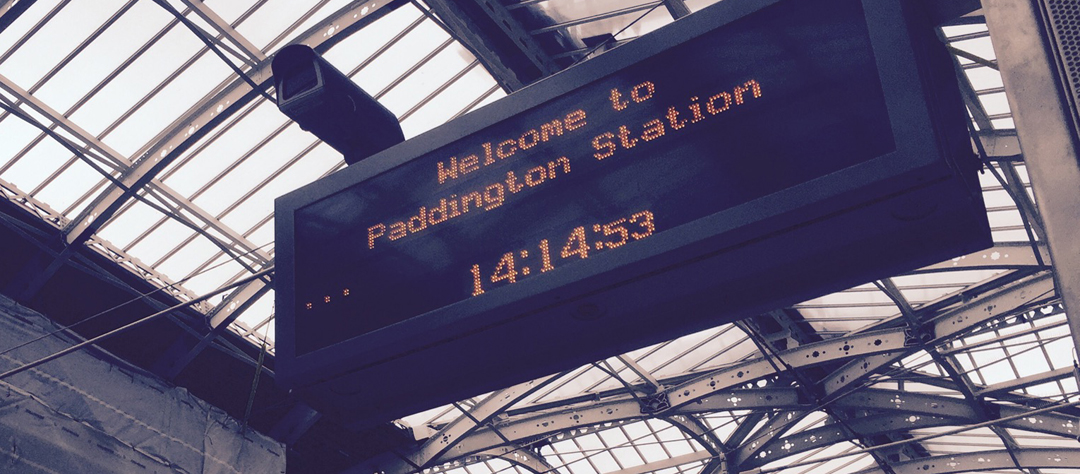RTE-3 followed the same basic structure of the previous campaigns, in order to facilitate the participation of newcomers and to allow “veterans” to assess the improvements of their systems in a comparable test exercise. Nevertheless, some innovations were introduced, on the one hand to make the challenge more stimulating and, on the other, to encourage collaboration between system developers. In particular, a limited number of longer texts, i.e. up to a paragraph in length, were incorporated in order to move toward more comprehensive scenarios, which incorporate the need for discourse analysis.
However, the majority of examples remained similar to those in the previous challenges, providing pairs with relatively short texts. Another innovation was represented by a resource pool4 , where contributors had the possibility to share the resources they used. In fact, one of the key conclusions at the second RTE Challenge Workshop was that entailment modeling requires vast knowledge resources that correspond to different types of entailment reasoning. Moreover, entailment systems also utilize general NLP tools such as POS taggers, parsers and named-entity recognizers, sometimes posing specialized requirements to such tools. In response to these demands, the RTE Resource Pool was built, which may serve as a portal and forum for publicizing and tracking resources, and reporting on their use. In addition, an optional pilot task, called “Extending the Evaluation of Inferences from Texts” was set up by the US National Institute of Standards and Technology (NIST), in order to explore two other sub-tasks closely related to textual entailment: differentiating unknown entailments from identified contradictions and providing justifications for system decisions.
In the first sub-task, the idea was to drive systems to make more precise informational distinctions, taking a three-way decision between “YES”, “NO” and “UNKNOWN”, so that a hypothesis being unknown on the basis of a text would be distinguished from a hypothesis being shown false/contradicted by a text. As for the other subtask, the goal for providing justifications for decisions was to explore how eventual users of tools incorporating entailment can be made to understand how decisions were reached by a system, as users are unlikely to trust a system that gives no explanation for its decisions. The pilot task exploited the existing RTE-3 Challenge infrastructure and evaluation process by using the same test set, while utilizing human assessments for the new sub-tasks.


